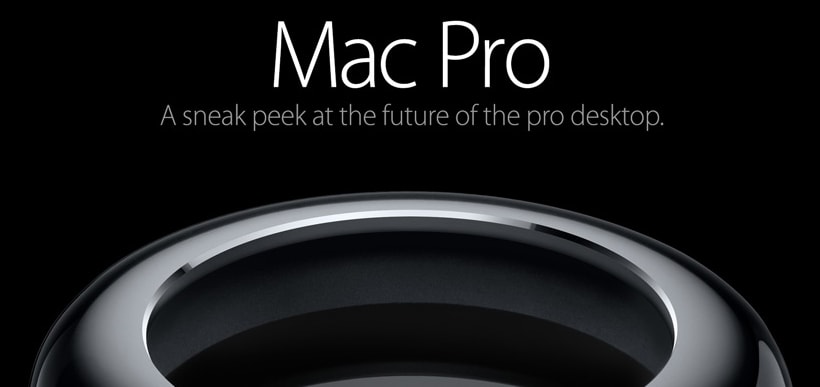It’s not news to those who own the brand-new 11-inch and 13-inch MacBook Air computers, but recently it’s been discovered and confirmed by Apple that some people are experiencing Wi-Fi connectivity issues.
Of course one of the premier features of the new Air, besides less battery-intensive chipsets, is that it features faster wireless connectivity thanks to a new 802.11ac card. Of course, as with any new product bugs are possible, but it’s frustrating for many when one of the very features that the new MacBook Air was marketed on is the one that doesn’t work.
Reports released have stated that the MacBook Air Wi-Fi issues are due to networking problems with the OS X software. And fortunately, Apple is aware of the trouble and working to address it. A recent statement from the company advised that, “In the United States, Apple Geniuses and Advisors should capture MacBook Air (13-inch, Mid 2013) and MacBook Air (11-inch, Mid 2013) computers with any Wi-Fi issues.”
According to an industry insider, Apple is working to identify just what exactly is causing the new WiFi-related problems. Initially, when trying to get to the root of the problem, AppleCare advisors offered customers complementary USB-to-Ethernet adapters so their new MacBook Air could connect to the Internet without Wi-Fi. But as a result of more frequently reported Wi-Fi problems, both AppleCare and Apple Store Genius Bar employees were advised to collect any affected MacBook Air units and replace them, advising customers that they have been “captured.” The computers would then be sent back to Apple for testing so a solution can be found.
The latest news, however, is that Apple is sending out invitations to certain MacBook Air owners inviting them to participate in the company’s AppleSeed customer software seeding program in order to test a pre-release version of a new “MacBook Air Wi-Fi Update 1.0.” Apple hasn’t specified in the invitations exactly what the issue is that a software update is designed to address, but the buzz amongst those in the know is that the update focuses specifically on the Wi-Fi connectivity issues.
Further to the already-reported MacBook Air Wi-Fi connection issues, the public release of Apple’s OS X 10.8.4 public release and OSX Mavericks beta are also reported to be experiencing software issues that prevent machines from supporting the new 802.11ac Wi-Fi standard and taking advantage of the faster speeds for file transfers. Apple has yet to make it clear to the public whether they will address the same issue for current MacBook Air owners through the software update in testing or through a separate patch like the upcoming OS X 10.8.5 update.
As frustrating as it can be to purchase a new MacBook Air only to discover it has an issue that prevents you from using it for one of its primary functions, it is good to know that Apple is addressing the issue, replacing the affected computers for customers and working to solve the problem. Hopefully those who choose to accept the AppleSeed invitation will have success with their update and be able to enjoy the many excellent features included in the new MacBook Air.




